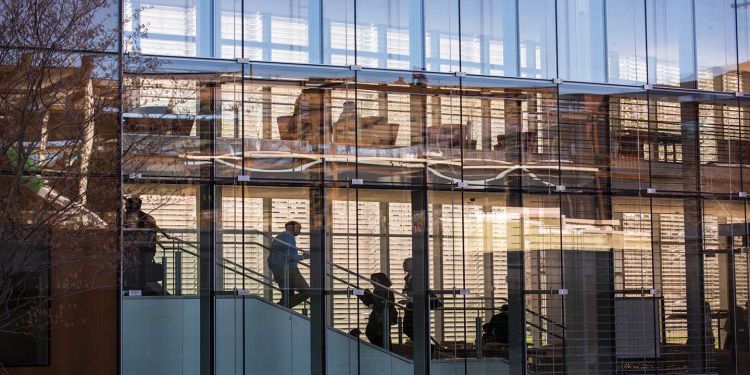Amy C. Edmondson, Novartis Professor of Leadership and Management at Harvard Business School, has long studied the performance of teams in the workplace. Her latest book is The Fearless Organization: Creating Psychological Safety in the Workplace for Learning, Innovation, and Growth. In this Q&A, Edmondson explains why a psychologically safe environment is more important than ever.
WHAT IS PSYCHOLOGICAL SAFETY?
People who feel psychologically safe are confident that candor and vulnerability are welcome in their workplace. They believe that they will not be punished or humiliated for speaking up with ideas, questions, concerns, or mistakes.
Psychological safety describes an environment of low interpersonal fear. The fear of making a negative impression can drive all kinds of sub-optimal behavior—such as not speaking up when it’s needed. We are so busy managing others’ impressions of ourselves that we don’t contribute to creating a better organization.
Psychological safety can help businesses achieve goals like higher levels of innovation, higher quality execution, and greater agility. Unfortunately, psychologically safe work environments are actually quite rare.
WHY IS IT HARD TO CREATE PSYCHOLOGICAL SAFETY?
It's a natural human tendency to hold back ideas and shy away from disagreeing with the boss. To avoid being perceived as ignorant, we don't ask questions. To avoid being thought of as incompetent, we don't admit weakness or mistakes. To avoid seeming intrusive, we don't offer ideas. To avoid being branded as negative, we don't criticize the status quo. But every time we withhold our thoughts, we rob ourselves and our colleagues of small moments of learning. This stifles innovation in our teams and companies. Few managers stop to consider what ideas, concerns, or questions may have been lurking in people's minds but held back. Simply put, the act of not speaking up with an important work-relevant idea is not visible.
WHY IS PSYCHOLOGICAL SAFETY ESPECIALLY IMPORTANT IN TOUGH TIMES?
Today's organizations face more uncertainty than ever. To address new and evolving challenges, they need candor, speed, and creativity to make progress. They need employees to bring their full selves—with all their skills, knowledge, and insights—to the challenges ahead.
Second, most work is not performed by individuals working alone. Achieving performance in knowledge-intensive work relies on integrating the ideas and expertise of multiple people, which requires a willingness to speak candidly.
WHAT ARE SOME THINGS LEADERS CAN DO TO CREATE A MORE PSYCHOLOGICALLY SAFE WORK ENVIRONMENT?
Ideally, companies will create an environment where employees can truly engage and not be afraid of sharing their opinion, insights, and concerns. A leader can start to shift the way employees think by framing the work ahead as a learning problem and making it clear that the group needs everyone's brains and voices in the game. This sets the stage for more honest input and a flow of ideas. By modeling curiosity and asking lots of questions, leaders can begin to elicit ideas that can spark innovation.
DOES CREATING PSYCHOLOGICAL SAFETY UNDERMINE ACCOUNTABILITY?
No. I see these as two different dimensions, not as a tradeoff. Creating psychological safety is more about taking your foot off the brake—eliminating fear and allowing people to bring their full selves to the table. Creating accountability for excellence is more about motivation—stepping on the gas. There has been a lot of important work on motivation. But it's equally important to ensure that people are free to engage with each other.
Of course, if you are ONLY creating psychological safety, then you are creating a comfort zone. And if you are ONLY talking about accountability for excellence, then you are creating an anxiety zone where people are less able to do their best work. But if you are able to simultaneously create psychological safety and drive motivation, you can get people into the learning zone, which also happens to be the high-performance zone.
WHAT IS THE RELATIONSHIP BETWEEN PSYCHOLOGICAL SAFETY AND INCLUSION?
Many companies are making good progress on the "diversity" part of diversity and inclusion, but inclusion itself is more elusive. To be genuinely inclusive, the work environment must be psychologically safe for everyone—including people in historically marginalized or underrepresented groups. Organizations and teams that work on improving psychological safety for everyone will tend to become more inclusive as a result.
Learn More: In this Harvard Business Review article, 4 Steps to Boost Psychological Safety at Your Workplace, Amy C. Edmondson offers best practices for driving the culture changes that create more candid dialogue and greater psychological safety.








